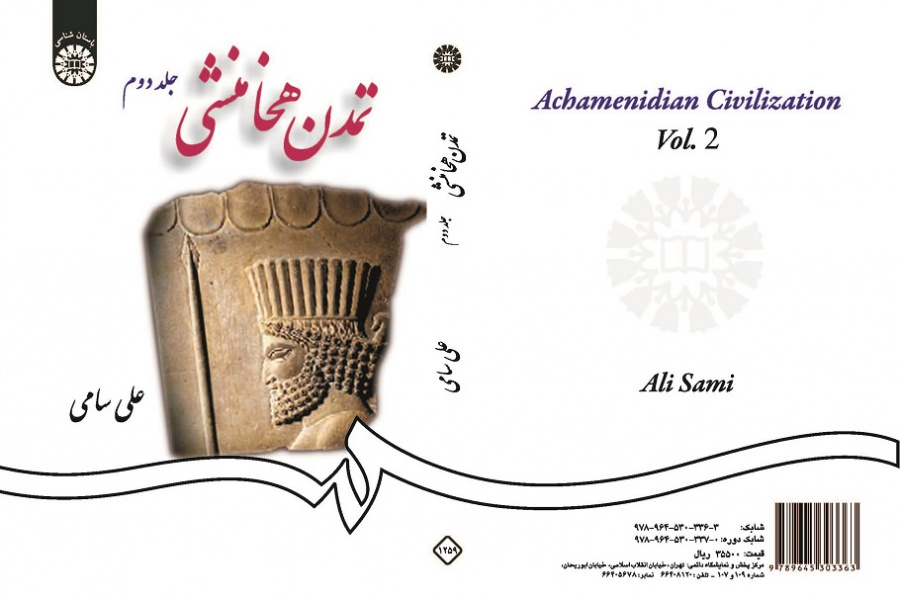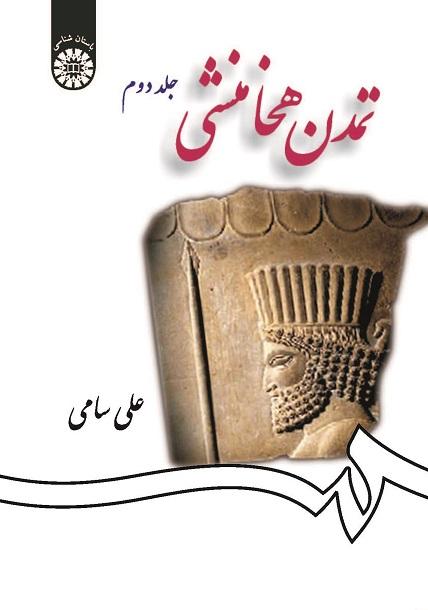

Achamenidian Civilization (Vol. II)
Prepared for students of Archeology as the main textbook for “Archeology and Achaemenid Art” course, this book reviews the commerce and trade, agriculture and livestock farming, science and culture, and the seals of the Achaemenid monarchs of that time.
During 375 B.C. to roughly late sixth century B.C., Iran of Achaemenid era was almost the only sovereign ruler of all then civilized nations but Greek. Each of the said countries was itself the heir to earlier millennium-old civilizations. Achaemenid nation were the first who exchanged their religious beliefs and material and spiritual culture among the eastern and western world.
Achaemenid civilization possessed a conspicuous art, which appears to be a combination of native and Arians' (Median and Persian) art. Today, just a small part of those ancient works of art is shown in Pasargadae monument. This dynasty had a highly upper hand over other dynasties through the history of Iran in the breakthroughs they achieved in different fields as art, cultural development, knowledge expansion, constructing great palaces, building roads, coining money, agricultural techniques, livestock farming, boosting economic potential and establishing disciplined bureaucracy.
In the second volume of the "Achaemenid civilization" series, the author reviews the commerce and trade, agriculture and livestock farming, science and culture, and the seals of the Achaemenid monarchs of that time. The contents are accompanied with related pictures. The book is divided to eight separate chapters. In the first chapter, brief information is provided about the status of Iran's plateau before the establishment of Median Monarchy and after the Persians' arrival to this land. The second chapter studies other subjects as the tax, the Achaemenid monarchs' treasures like those in Susa, takhte Jamshid (Jamshid's throne), Damascus, Pasargadae, Arbel, Babylon, Sard, and Gaza, and also the mobile treasure of Darius III, the precious objects buried in the kings' tombs, the outfits and ornaments of the kings' close relatives, gold smith, silver smith, the gold and silver treasures of the Achaemenid.
The third chapter is solely about the coins. Daryk coins, coins in change, the images made on the coins, the governors' coins, the trade medium in Avesta, and Lydia and Greek coins are, among others, discussed in this chapter. In the forth chapter, the commerce and trade situation are dealt with and the fifth chapter reviews agriculture and livestock farming in Iran during Achaemenid era. The sixth chapter is specifically about the science and cultural issues, to name a few, as music, glass-making industry, enameling and woodcarving. In the seventh and eighth chapters, the carpets made in that era and the Achaemenid kings' seals have been elaborated, respectively.
The naming approach of some of Achaemenid kings, a list of Achaemenid kings' and princesses' names, and names, personality, and achievements of Achaemenid kings are briefly presented in the appendixes section.





